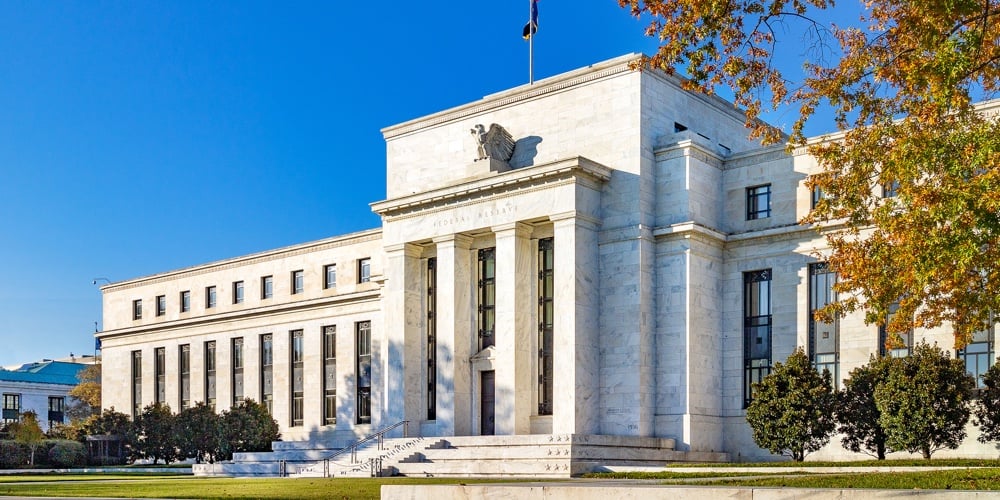In mid-September, the Federal Reserve held one of its most pivotal meetings in recent memory, deciding to lower the Federal Funds rate by 50 basis points—a move that has already sent ripples through the financial world. For months, economists and market watchers had anticipated a rate cut, particularly as the labor market began showing signs of flagging and the 10-year Treasury rate dropped by more than 75 basis points leading up to this meeting.
Based on the current state of the economy and the Fed’s own guidance, it's likely we will see additional rate cuts before the end of 2024. The Fed, cautious as ever, is expected to take a wait-and-see approach, closely monitoring upcoming inflation reports to fine-tune its actions. While the latest rate cut decision, and the idea of future cuts, may not have been surprising to many, its implications for consumers, especially potential homebuyers, warrant a closer look.
The immediate boost to purchasing power
One immediate effect of a rate cut is the boost to purchasing power for those looking to buy a home. A lower interest rate means smaller monthly mortgage payments, potentially allowing more consumers to enter the housing market. This is a welcome development for many, especially after a year of elevated mortgage rates that hovered above 6.5, significantly limiting affordability for the average buyer. However, it’s crucial to recognize that this newfound purchasing power may not make a significant practical difference in every situation.
Pent-up demand and inventory shortages
While a lower Federal Funds rate offers consumers a financial reprieve, the housing market’s deeper structural issues remain unsolved. High demand, limited inventory, and elevated home prices have been the norm over the past few years, and this trend shows no signs of abating in the short term. Even as the rate cut boosts purchasing power, the lack of available homes on the market severely limits buyers' options, making it challenging for them to fully capitalize on this newfound affordability.
This pent-up demand, exacerbated by the low number of available homes for sale, has created a bottleneck effect. Unless there’s a significant increase in homebuilding or inventory—both of which seem unlikely in the near future—the benefits of lower rates will remain constrained by supply-side issues.
The "lock-in" effect: A major hurdle for market movement
One of the most significant challenges in the current housing market is the so-called "lock-in" effect, where homeowners who secured ultra-low mortgage rates during the pandemic era are hesitant to sell their homes. Many of these individuals locked in mortgage rates as low as 3% during the pandemic, and the prospect of selling and taking on a new mortgage at today's rates is understandably unappealing.
For meaningful movement in the housing market, mortgage rates would need to shift significantly to alleviate this lock-in effect. This would encourage more homeowners to sell, thereby increasing inventory and giving buyers more options. While a single rate cut won’t get us there, further reductions could help chip away at this issue over time.
Should buyers wait for rates to drop further?
For those potential buyers currently sitting on the sidelines, the big question is whether to act now or wait in hopes of lower rates in the future. The recent rate cut might make homeownership more feasible for some, but the high prices and low inventory still present significant challenges. If mortgage rates continue to drop, buyers could benefit from a much more favorable environment. Waiting could allow potential homebuyers to see increased inventory as more sellers re-enter the market and provide access to better financing terms.
However, the decision to wait is not without its risks.
The risks of waiting too long
While waiting for lower rates might seem like a prudent strategy, there are potential downsides. As rates drop, more buyers will inevitably enter the market, which could lead to increased competition for the already limited number of available homes. This surge in demand, without a corresponding rise in supply, could push home prices even higher. Those who wait too long may find themselves in a market where prices have risen enough to negate the benefits of lower interest rates, particularly for starter homes and lower-priced properties. Compounding this risk is the uncertainty surrounding how low rates will actually drop—or if they will drop any further at all. In other words, waiting for the "perfect moment" could backfire if it results in buyers competing in a more crowded and expensive marketplace.
The role of government policy
Beyond interest rates and inventory levels, buyers should also keep an eye on potential government interventions in the housing market. Earlier this year, President Biden announced plans to build and renovate two million homes and introduce a new tax credit for first-time homebuyers. While these initiatives are still in the early stages, they could help alleviate some of the housing market's current supply issues and improve affordability in the years to come.
That said, potential homebuyers shouldn’t place all their hopes on government action. Policy implementation can be slow, and it's unclear how much of an immediate impact these measures will have. However, they remain factors to consider when deciding whether to buy now or hold off for a better opportunity.
A complex decision in a complex market
In the wake of the Federal Reserve’s latest rate cut, potential homebuyers are faced with a difficult choice. While the cut provides an immediate boost to purchasing power, the broader dynamics of the housing market—limited inventory, high home prices, and the lock-in effect—dampen its practical impact.
For those willing to wait, further rate cuts could create a more favorable environment by easing mortgage rates and encouraging more homeowners to sell, thus increasing inventory. But the risk remains that waiting too long could result in even higher home prices as more buyers flood into the market.
Ultimately, the decision to buy now or wait is a personal one, dependent on individual financial circumstances, market conditions, and how much risk a potential buyer is willing to take on. Regardless of the choice, it’s clear that in today’s housing market, there are no easy answers, only careful considerations.
In the coming months, as we see how the Fed’s actions continue to shape the economy, potential homebuyers will need to stay informed and agile, ready to act when the right opportunity presents itself. The same is true for financial institutions, which need to be investing in the right tools now to ensure they can handle the forthcoming influx in mortgage demand. To learn more about how you can streamline your financial institution’s mortgage lending processes, visit meridianlink.com.








